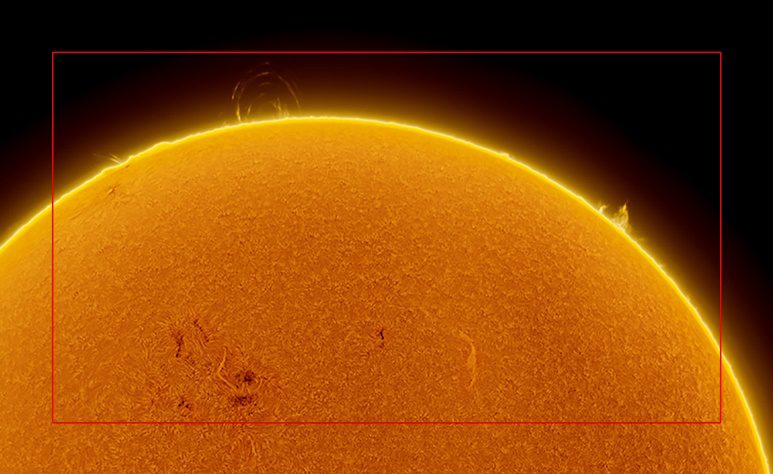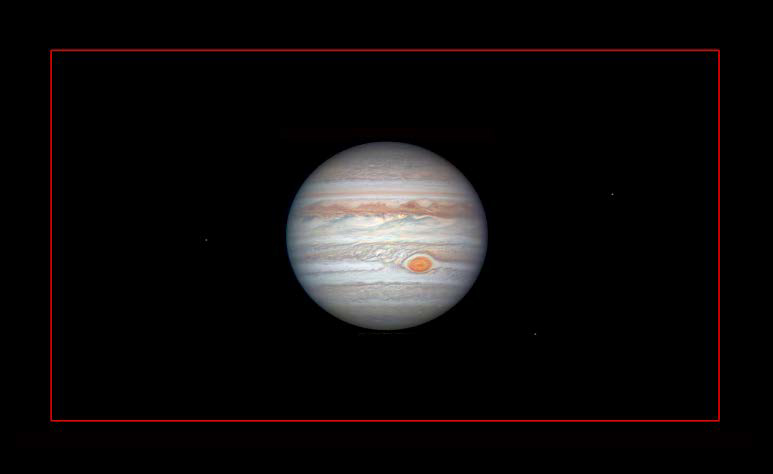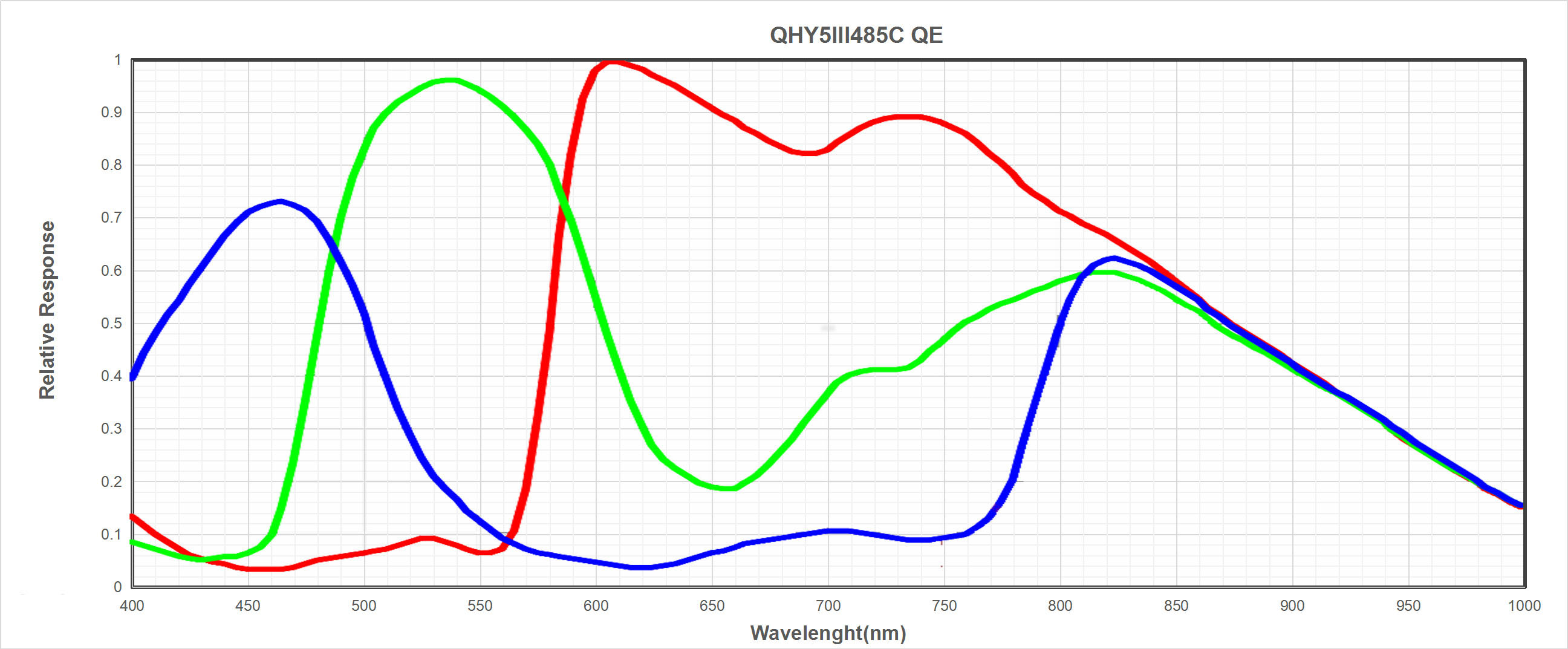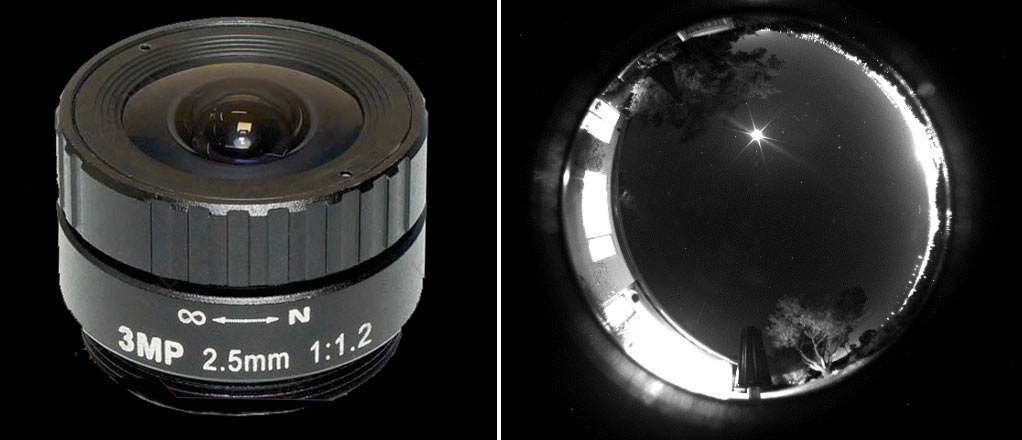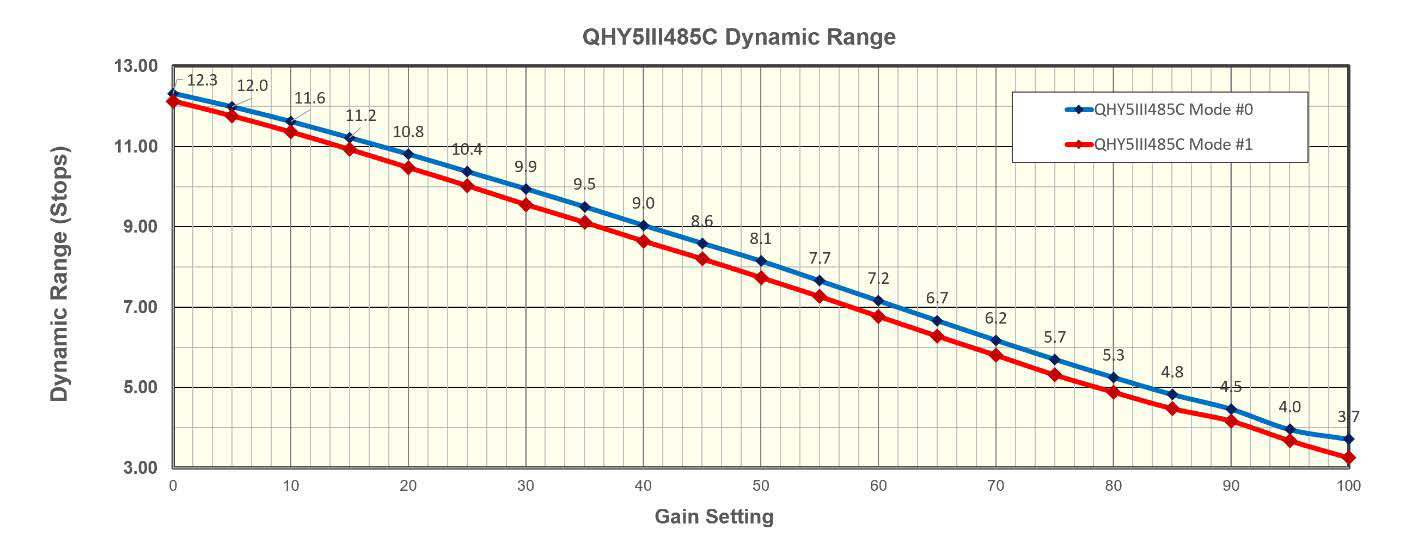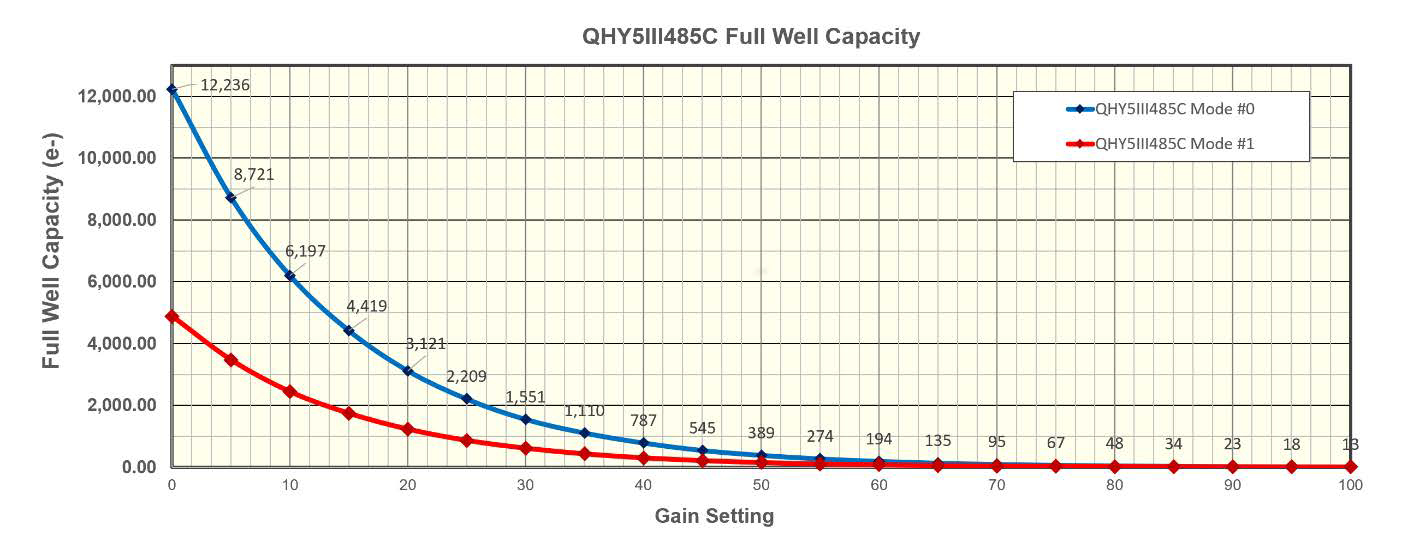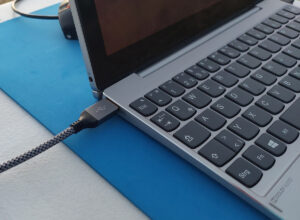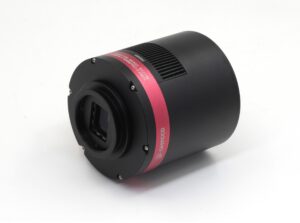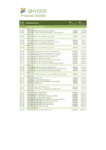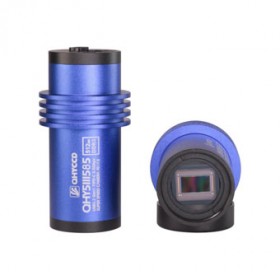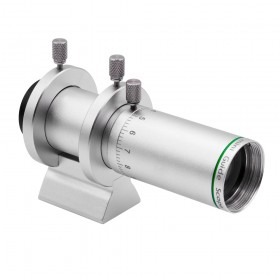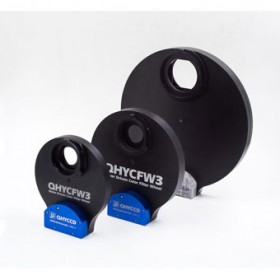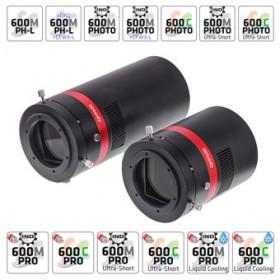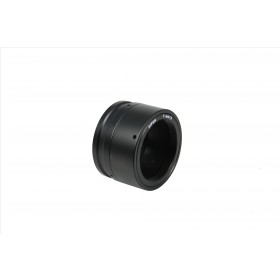Product Questions and Answers
- Description
-
Details
QHY-5-III-485C Color Planetary and AllSky Camera
We are pleased to announce a addition to QHYCCDs line of high speed, high QE, low noise, planetary cameras, the QHY-5-III-485C. The QHY-5-III-485C uses Sony's IMX485, back-illuminated, 8.4 megapixel color CMOS sensor with an array of 3864 x 2180 pixels at 2.9um. With USB 3.0 interface, the full frame rate of 18.5 FPS at 16-bits or 44 FPS at 8-bits. Smaller regions of interest will yield even faster frame rates. This camera makes a great planetary combo with the other released QHY 5-III-462 M/C CMOS Camera (various versions available) (various versions available) .
Large Sensor Size
The QHY-5-III-485C has 4 times the area of the smaller QHY-5-III-462C and 4 times the number of pixels. In area it is the same size as the popular IMX174 sensor but with back-illumination and higher resolution. The generous field of view provided by this larger sensor makes it ideal for solar and lunar imaging whereas the smaller, faster QHY 5-III-462 M/C CMOS Camera (various versions available) (various versions available) with its enhanced IR response is superior for imaging planets like Jupiter, Saturn and Mars.
The following images show (from left to right) the field of view of QHY-5-III-485C and QHY-III-462C:
High QE and sHCG (Super High Cain Conversion)
While the QHY-5-III-485C does not have the extended near IR response of the QHY5III462C, it does have sHGC (Super High Cain Conversion) for exceptionally low (less than 1e-) read noise. For solar and lunar imaging, the NIR response is not required but the ability to take multiple short exposures in H-alpha light is ideal for solar use and making movies of solar prominences, arcs and eruptions.
Combination All Sky Camera
The QHY-5-III-485C standard package includes a 2.5mm Fisheye lens that converts the planetary camera intoa high-resolution, 8.3 Megapixel All Sky camera with 180-degree field of view. The following items are included with the camera:
- Camera body
- USB3.0 Cable
- Tracking Cable
- Focus Position Locking Ring
- 2.5mm All Sky Lens
- C-mount extension ring
- 1.25" extension tube
Further technical details are shown in the following 4 graphic curves of the QHY 485 C:
Further detailed information can be found on the QHYCCD
If you have any further questions, please send us an email to kontakt (at) baader-planetarium.de.
Additional Information
| General | |
|---|---|
| Manufacturer | QHYCCD |
| SKU (#) | 1931030 |
| EAN Code | 4047825103611 |
| Net weight (kg) | 0.10 |
| Application | Guiding and Planetary Cameras |
| Sensor Information | |
| Sensor | Sony IMX 485 CMOS, BSI |
| Sensor type | BSI CMOS – Back-side illuminated |
| Pixel Size | 2,9µm x 2,9µm |
| Resolution | 3864 x 2180 |
| Imaging Features | |
| Monochrom or Color? | Color |
| Maximum Frame Rate | Full Resolution 44 FPS@8-bits, 18.5 FPS @ 16- bits (USB3.0 Port), higher rates at selected fields of interest (Supports any region ROI) |
| Full Well Capacity | 12,236 e- |
| Read Noise (e- RMS) | 1.0e- to 2.4e- Standarde mode, 0.6e- to 1.09e- sHGC Mode |
| A/D Conversion | 8- bit/12-bit (output as 8- bit and 16-bit) |
| Range of exposure times | 10 µs - 300 Sec |
| Shutter | Electronic Rolling Shutter |
| Optical Window | UV/IR cut and AR coated |
| Additional Features | |
| Cooling | The camera has no active cooling |
| Electronics | |
| Power Supply | Please note: the camera is powered exclusively with the included USB 3.0 cable! |
| Body and Connections | |
| USB Connection | USB 3.0 |
| Telescope connection | 1.25-inch with CS mount threads (C-mount adapter included) |
| Guiding Port | Ja, SBIG ST4 compatible |


